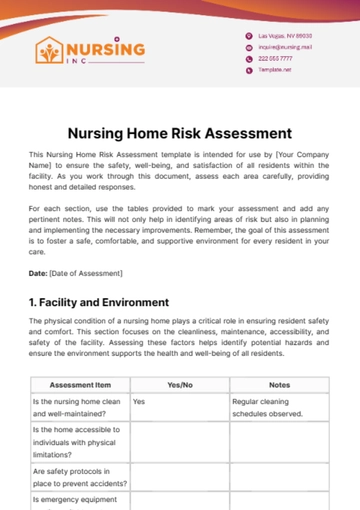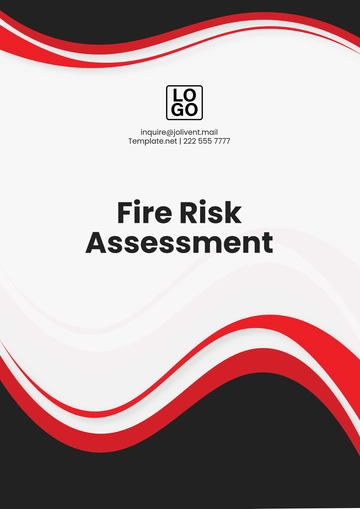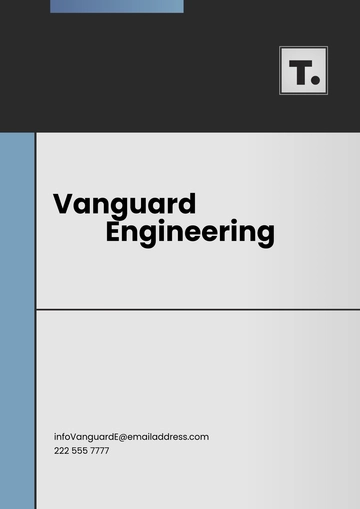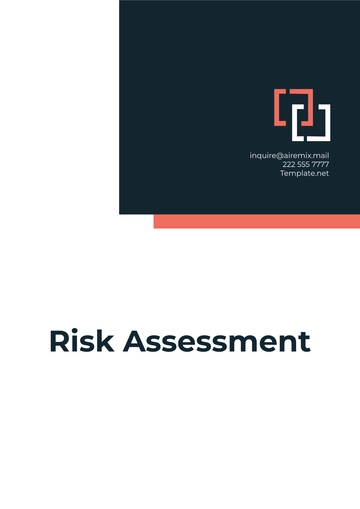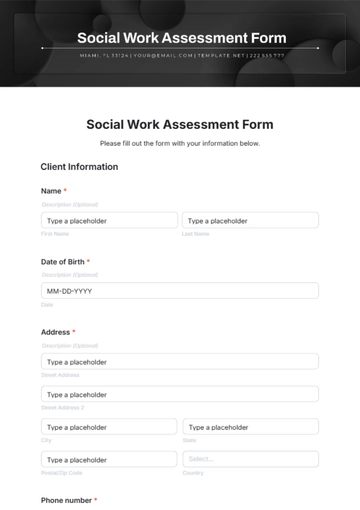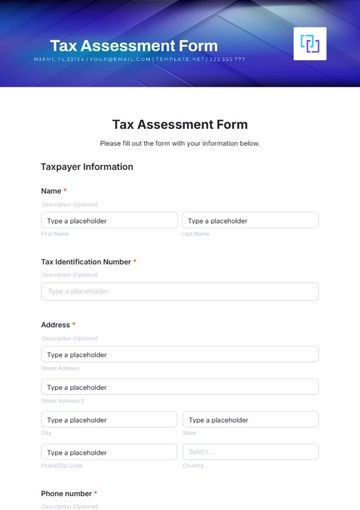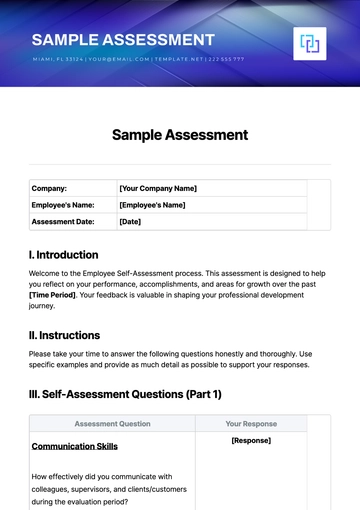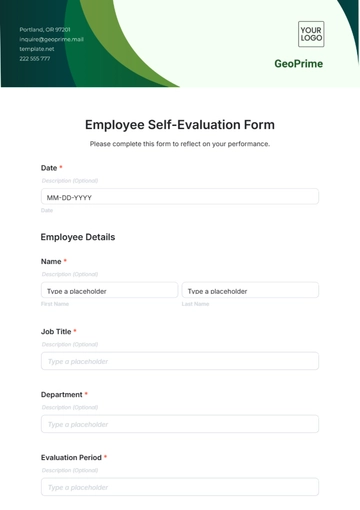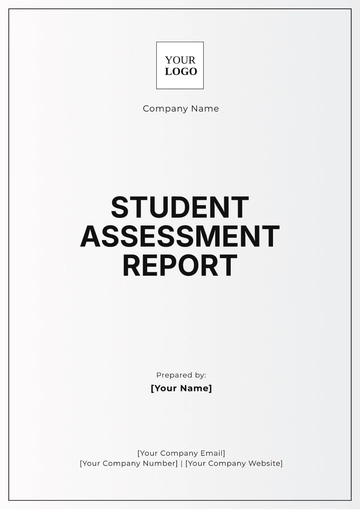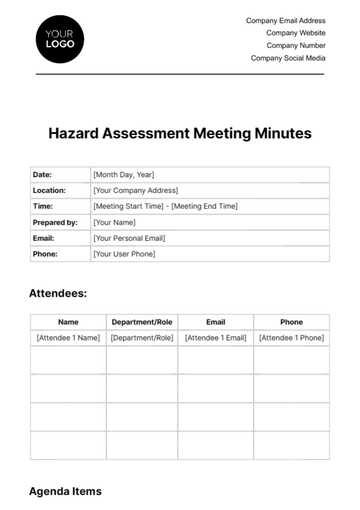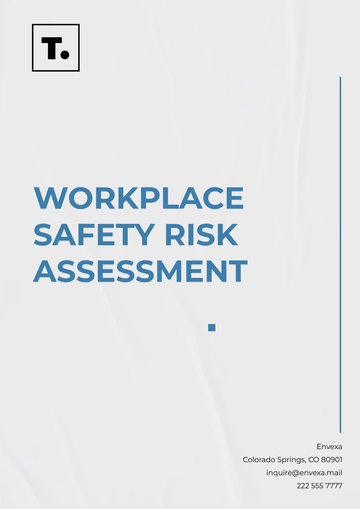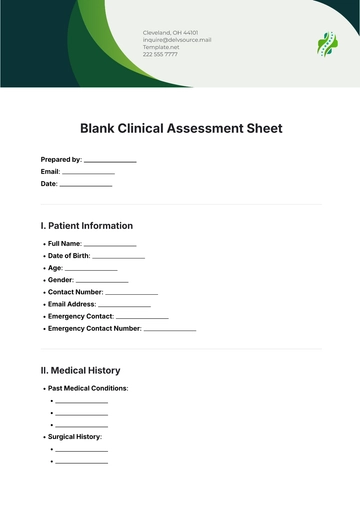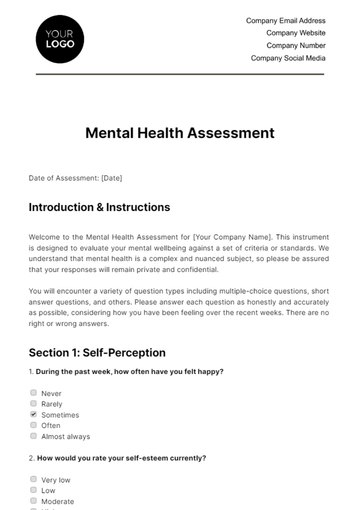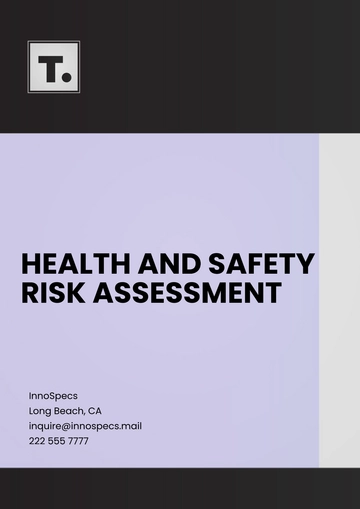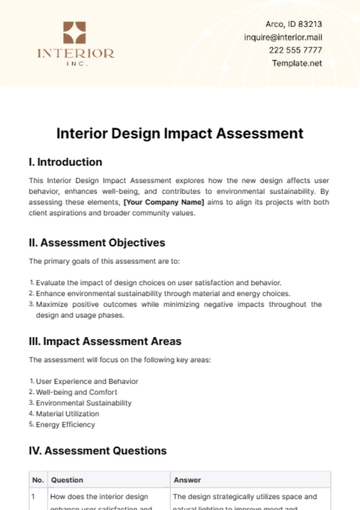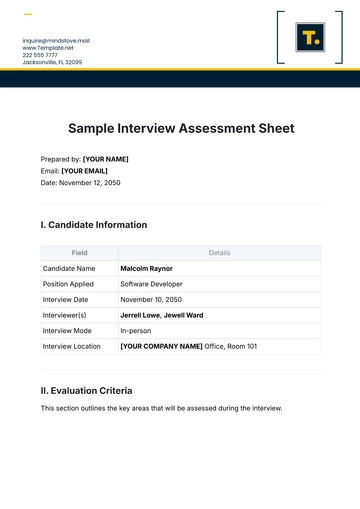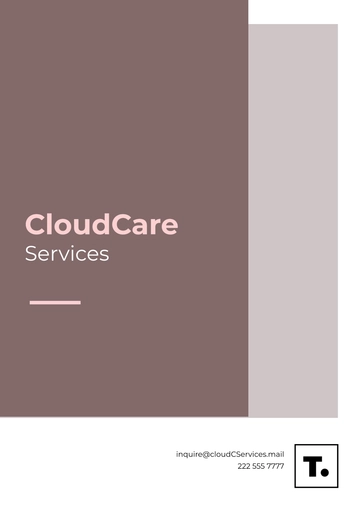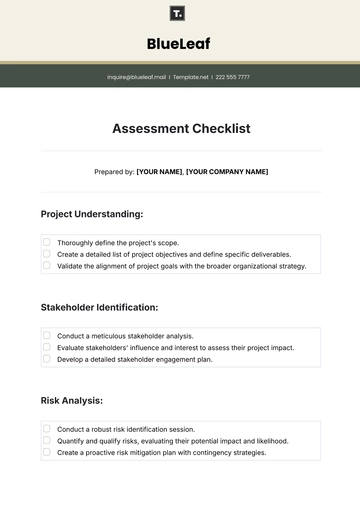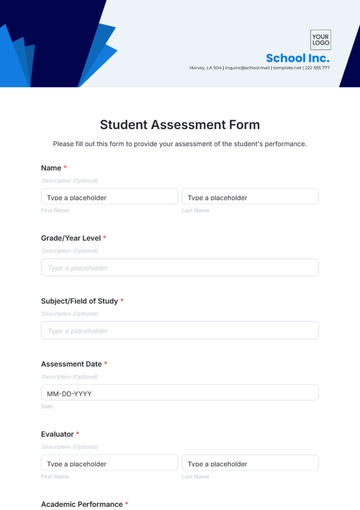Free Finance Audit Efficiency Assessment
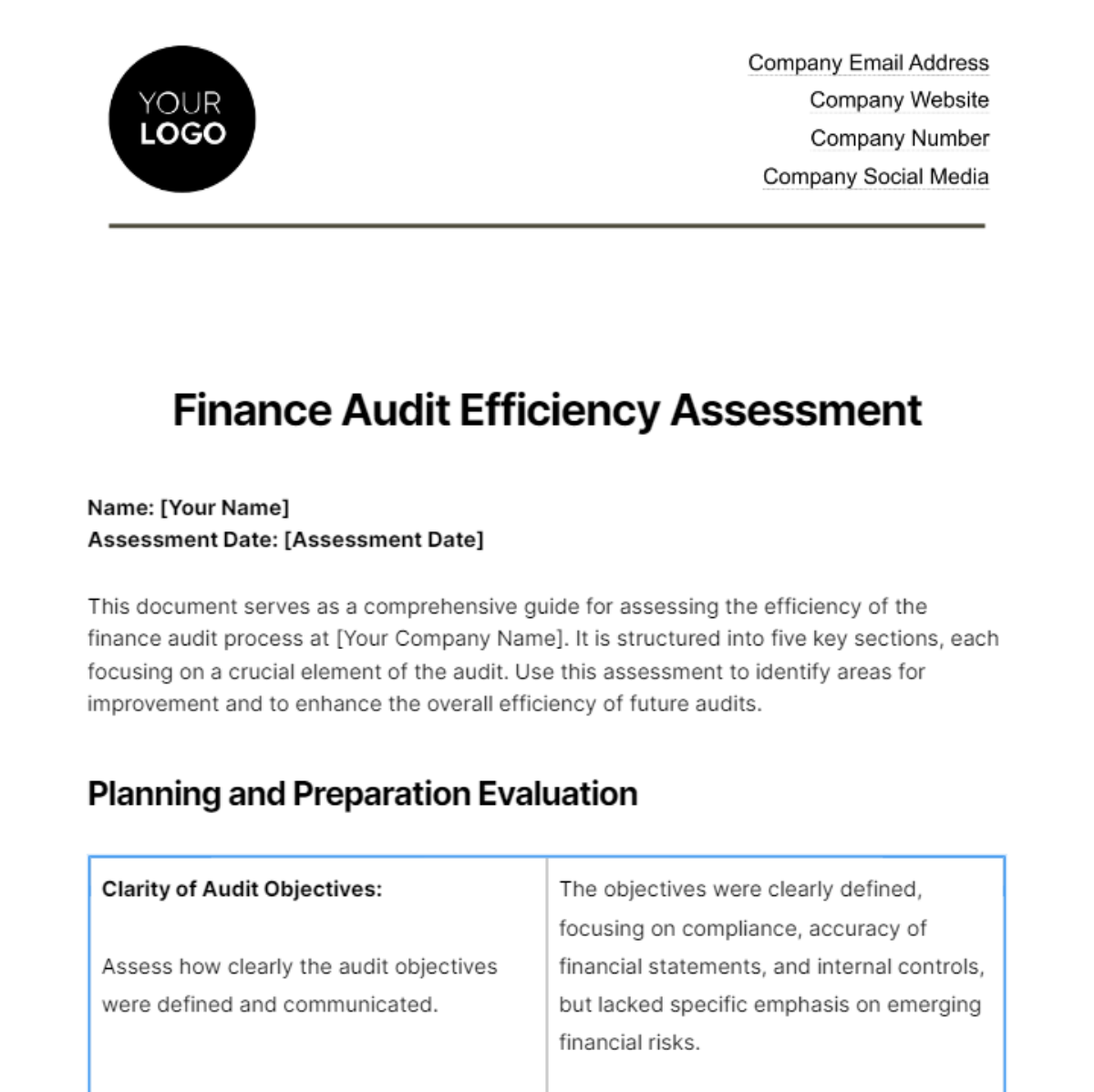
Name: [Your Name]
Assessment Date: [Assessment Date]
This document serves as a comprehensive guide for assessing the efficiency of the finance audit process at [Your Company Name]. It is structured into five key sections, each focusing on a crucial element of the audit. Use this assessment to identify areas for improvement and to enhance the overall efficiency of future audits.
Planning and Preparation Evaluation
Clarity of Audit Objectives: Assess how clearly the audit objectives were defined and communicated. | The objectives were clearly defined, focusing on compliance, accuracy of financial statements, and internal controls, but lacked specific emphasis on emerging financial risks. |
Adequacy of Resources: Evaluate if sufficient resources (personnel, technology, time) were allocated. | Resources allocated were generally adequate, but there was a shortfall in specialized audit software and expert personnel for certain complex areas. |
Stakeholder Engagement: Measure the effectiveness of stakeholder identification and engagement in the audit process. | Effective engagement with key stakeholders was noted, though some departments had limited involvement, impacting the breadth of information gathered. |
Scope and Methodology Appropriateness
Relevance of Audit Scope: Determine the appropriateness of the audit scope in relation to the organizational goals. | The scope effectively covered major financial areas but missed out on newer revenue streams, which have become significant to the business. |
Effectiveness of Methodology Used: Evaluate the effectiveness of the audit methodologies applied, including data analysis techniques and sampling methods. | Traditional audit methodologies were used efficiently; however, the incorporation of more advanced data analytics techniques could enhance the process. |
Risk Assessment Accuracy: Assess the accuracy and thoroughness of the preliminary risk assessment conducted. | Preliminary risk assessment was thorough, but it underrepresented certain operational risks due to rapid business expansions. |
Data Collection and Analysis Efficiency
Systematic Data Gathering: Evaluate the efficiency of the data collection process. | Data collection was systematic and well-organized, but the process was time-consuming due to manual data entry in some areas. |
Analytical Procedure Effectiveness: Analyze the effectiveness of analytical procedures used in interpreting data. | Analytical procedures provided good insights but could be enhanced with more real-time data analysis for quicker decision-making. |
Quality of Evidence Documentation: Review the adequacy and organization of evidence documentation and its ease of access for future reference. | Documentation was comprehensive and well-structured, making audit trails easy to follow and verify. |
Reporting and Communication
Clarity and Structure of Audit Report: Assess the clarity, conciseness, and structure of the audit report. | The audit report was clear and well-structured, making it easy for stakeholders to understand the findings and recommendations. |
Timeliness of Report Submission: Evaluate if the audit report was submitted within the designated time frame. | The report was submitted on time, but the tight timeline led to some areas not being explored in depth. |
Effectiveness of Recommendations: Review the practicality and relevance of the recommendations provided in the report. | Recommendations were practical and relevant, focusing on enhancing internal controls and financial reporting accuracy. |
Post-Audit Processes
Management Response and Action Plan: Assess the responsiveness of management to the audit findings and the quality of the action plan developed. | Management responded promptly to the audit findings with a comprehensive action plan, showing commitment to addressing the issues. |
Implementation of Recommendations: Evaluate the effectiveness and timeliness of the implementation of audit recommendations. | The implementation of recommendations has begun, but progress is slow in some departments due to resource constraints. |
Follow-Up Audit and Continuous Improvement: Assess the process for follow-up audits and its contribution to continuous improvement in the audit process. | There's a plan for follow-up audits, but a more structured approach for continuous improvement is needed to ensure ongoing efficiency in the audit process. |
Assessed by:
[Your Signature]
[Your Name]
[Your Job Title]
[Your Company Email]
[Your Company Number]
[Your Company Address]
Please submit the completed assessment to your supervisor by the end of the assessment date.
- 100% Customizable, free editor
- Access 1 Million+ Templates, photo’s & graphics
- Download or share as a template
- Click and replace photos, graphics, text, backgrounds
- Resize, crop, AI write & more
- Access advanced editor
Effortlessly evaluate your company's auditing prowess with our Finance Audit Efficiency Assessment, exclusively from Template.net. This editable, customizable model simplifies complex audits and is editable in our Ai Editor Tool. Ignite your decision-making power, streamline your workflows, and maximize your financial prowess with this innovative template today.


